Category Archives: history
Reading Mary Wollstonecraft
I’m reading Mary Wollstonecraft’s A Vindication of the Rights of Woman. Although often addressing the concept of reason, the essay frequently resorts to religion, which I suppose is to be expected for a document written in the 18th century. Wollstonecraft, widely regarded as a founder of feminism, still displays many of the biases of an upper-class person at the center of the dominant empire of the day. However, I still found many of Wollstonecraft’s pronouncements compelling.
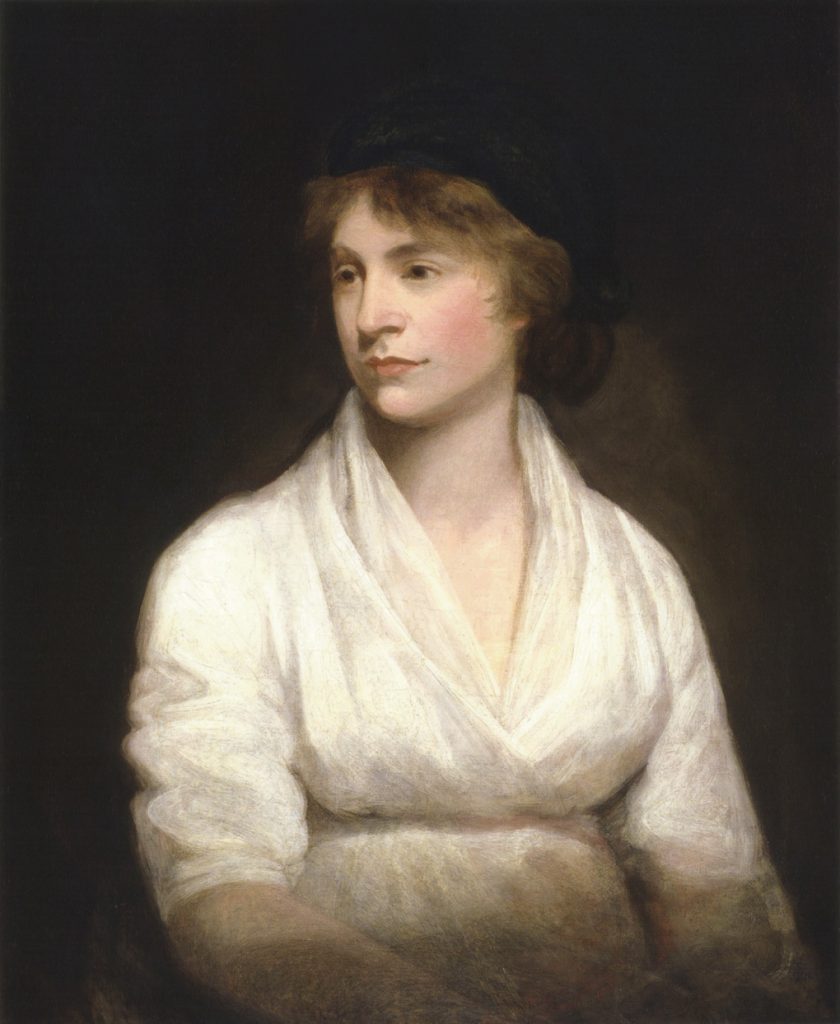
For example, I very much appreciated the following comments on education:
To prevent any misconstruction, I must add, that I do not believe that a private education can work the wonders which some sanguine writers have attributed to it. Men and women must be educated, in a great degree, by the opinions and manners of the society they live in. In every age there has been a stream of popular opinion that has carried all before it, and given a family character, as it were, to the century. It may then fairly be inferred, that, till society be differently constituted, much cannot be expected from education.… Consequently, the most perfect education, in my opinion, is such an exercise of the understanding as is best calculated to strengthen the body and form the heart. Or, in other words, to enable the individual to attain such habits of virtue as well render it independent. In fact, it is a farce to call any being virtuous whose virtues do not result from the exercise of its own reason. This was Rousseau’s opinion respecting men; I extend it to women, and confidently assert that they have been drawn out of their sphere by false refinement, and not by an endeavor to acquire masculine qualities.
Perceiving the “stream of popular opinion” that biases the education of a given era is much easier when one lives during another time. Reading Wollstonecraft causes me wonder what biases of my own education I am not able to perceive. Which catechisms do I feel obliged to insert in my writing to make it acceptable to the palate of my present–day readers?
I also appreciated Wollstonecraft’s comments on love, friendship, and marriage:
Love, from it’s very nature, must be transitory. To seek for a secret that would render it constant, would be as wild a search as for the philosopher’s stone, or the grand panacea; and the discovery would be equally useless, or rather pernicious, to mankind. The most holy band of society is friendship. It has been well said, by a shrewd satirist, ‘that rare as true love is, true friendship is still rarer’.
This is an obvious truth, and, the cause not lying deep, will not elude a slight glance of inquiry.
Love, the common passion, in which chance and sensation take place of choice and reason, is, in some degree, felt by the mass of mankind; for it is not necessary to speak, at present, of the emotions that rise above or sink below love. This passion, naturally increased by suspense and difficulties, draws the mind out of its accustomed state, and exalts the affections; but the security of marriage allowing the fever of love to subside, a healthy temperature is thought insipid only by those who have not sufficient intellect to substitute the calm tenderness of friendship, the confidence of respect, instead of blind admiration, and the sensual emotions of fondness.
This is, must be, the course of nature. Friendship or indifference inevitably succeeds love.…
In my experience, friendship may succeed love, which gives me hope for the fulfillment in a long–term marriage.
Wollstonecraft displays some understanding of the folly and destruction wrought by the upper classes in the following passage:
Birth, riches, and every extrinsic advantage that exalt a man above his fellows, without any mental exertion, sink him in reality below them. In proportion to this weakness, he is played upon by designing men, till the bloated monster has lost all traces of humanity. And that tribes of men, like flocks of sheep, should quietly follow such a leader, is a solecism that only a desire of present enjoyment and narrowness of understanding can solve. Educated in slavish dependence, and enervated by luxury and sloth, where shall we find men who will stand forth to assert the rights of man, or claim the privilege of moral beings, who should have but one road to excellence? Slavery to monarchs in ministers, which the world will be long in freeing itself from, and whose deadly grasp stops the progress of the human mind, is not yet abolished.
Let not men then in the pride of power, use the same arguments that tyrannic kings and venal ministers have used, and fallaciously assert that women ought to be subjected because she has always been so. But, when man, governed by reasonable laws, enjoys his natural freedom, let him despise woman, if she do not share it with him; and, till that glorious period arrives, in descanting on the folly of the sex, let him not overlook his own.
Words of this 18th-century prophet bring to mind the folly, the excesses, and the destructive force of the Trumps and the Musks, the deranged politicos and the disconnected billionaire class, seemingly focused on the subjugation not only of women but of labor, the working and middle classes, disabled, and queer folk, and on the destruction of the environment, resting their hopes on escape to their gated communities, on their underground shelters, or on terraforming other planets.
W.E.B. Du Bois’ Essay “Of the Ruling of Men” in “Darkwater”
Stonewall Inn Declared NYC Landmark
“New York City’s landmarks commission today [June 23, 2015] voted to grant official status to the Stonewall Inn, the Greenwich Village bar often credited as the birthplace of the modern LGBT rights movement.
“The vote was unanimous, according to the Associated Press.”
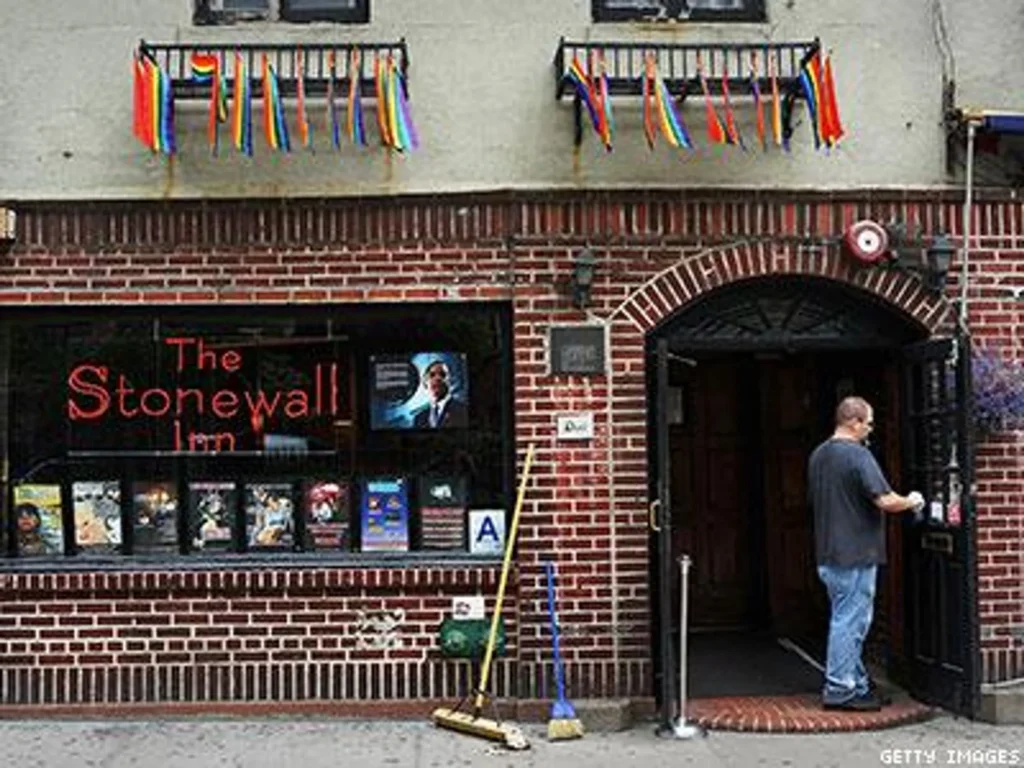
More at The Advocate
The Great Indian Kingdoms Which Never Got a Significant Place in Our School History Books
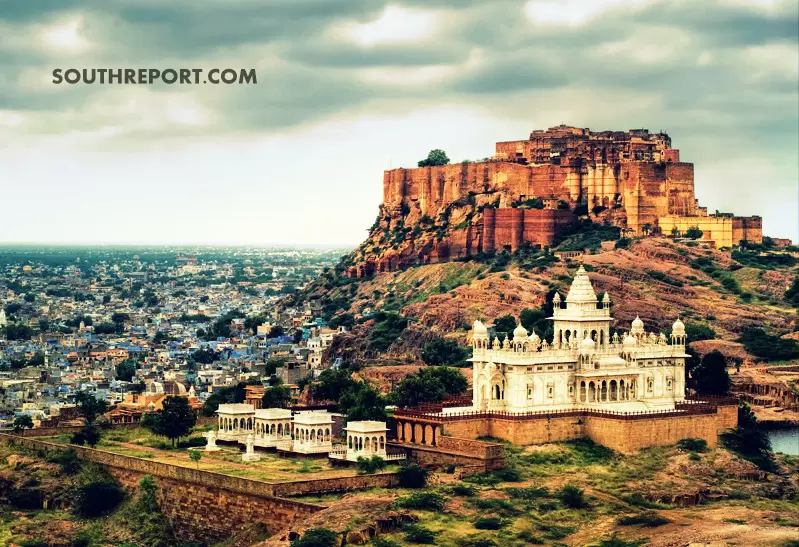
Check out this nice article that introduces various Indian empires that aren’t so well known.
Bay Area Student/Activist Conference
Random Notes From May 6, 2012, Bay Area Activist/Student Conference
About 20 students and supporters in a cooperative event space in the Mission. Breakfast of donated pastries, peanut butter, and celery. Grew to 25-30 students by mid-day.
Activist panel: apocalyptic ecological scenarios, how to move past hopelessness, stop infighting, arguing over whose ideology is the best, each person contributes in their own way, solidarity, making compromises and sacrifices, collective ideal of utopian future, use that to decide when to compromise, revolutionaries need a clear collective purpose and focus to make decisions in a rational manner. Concept of a culture of resistance, normalize radical actions in the daily sphere of humans on the planet, a way to reduce risk as we escalate tactics. How do cultures of resistance relate to mass movements? How to get people involved? People’s privilege in the U.S. will have to be threatened until they don’t have a choice or is it a myth that people are too well off? That identifies the U.S. with white middle-class America. Different perspectives on privilege. But in history the struggles come from communities of color and those who have suffered oppression. Where is the force for change going to come from in the U.S.? When organizing is divorced from working class movements of color, then it won’t be as effective. We live in the greatest terrorist state that the world has ever seen, founded on the genocide of the native people who lived here. Privilege is corruption… it’s a matter of dismantling privilege. Many people see political organizing as ineffective, so how to get them to see their efforts as effective. When people with privilege ally with those who don’t have privilege, then it turns the system upside down. It confuses the police and the media. Concept of ally very important. Occupy using old tropes, rehashing old tactics, symbolic one-day marches and protests, think outside of the box. Lots of small actions in individual communities that are creative and involve people. People need to see a successful struggle. Sometimes that happens by models outside the US or movements within the US. Need to win enough struggles for people to have confidence in the struggle. Build base. Take context into account and think strategically about how we tailor our tactics to our goals, which requires identifying our goals in the first place. Mass demonstrations do activate people and make connections. But protest and demonstrations also perpetuate the idea that we live in a pluralistic, tolerant, democracy. One person said need to have a highly trained cadre to attack infrastructure. Another person responded about the farm, trespassing on land, don’t need Whole Foods, can grow your own food with people you just met, something hopeful to look at, not just symbolic. If mass underground action is happening, then the Occupations won’t seem radical anymore. What is the difference between an activist and an organizer? Core organizers vs. people who are just getting involved.
what are the strategies and tactics that can hit the 1% at their achilles heel in a way that the 99% can understand and support what we’re doing? level of paralysis that you can get by withholding labor, study what happened in Egypt and Tunisia recently, tactic of strikes, French labor strike in October, production-consumption capitalist based economy.
History of Student Activism
Tensions:
– privilege
– nonviolence v violence, every tool in the tool box, diversity of tactics
– institutional vs cultural change
* images of history like image of Malcolm X at SFSU Student Center
* living history: Black Panther visiting the campus
* 68 strike at State
* SNCC, wrote the book on nonviolent direct action
* free speech movement at UC Berkeley
* Latino walkout
* Chile, France, Quebec
* SDS
* Kent State Massacre
* Jackson State
Kent State students joined by locals in doing some “smashy smashy”
National Guard ordered in when ROTC building burnt. Lockdown of campus, not allowed on campus if not student, created a culture of fear and idea that they couldn’t resist, but they resisted anyway. People part of different resistance movements came together. No one expected the National Guard to fire, but they panicked, said rocks were thrown at them. They marched away to a field that was surrounded by a fence. Guards say they were not ordered, but 27 shot 67 rounds and killed 2 women and 2 men. After that, 4 million students went on strike, stepping away from campuses. Students had been organizing for the prior decade so networks were ready to be activated. Also had to do with the draft. Students exempt as long as they were in good standing. Constant state of fear over losing privilege and getting shipped to possible death in Vietnam.
Student privileges:
* Wealth of information at your disposal
* People in close proximity with infrastructure to form a community of resistance
Student disprivileges:
* Limited to when you are a student at university, transitory, temporary
* Isolated from labor, different views and experiences, issues of larger society
* Very busy, especially if also working to raise funds (in the 60s, public universities were practically free)
* Curriculum can be narrowly defined, limits on class offerings
* KONY 2012 style activism
* Student debt
History of SNCC, started nonviolent, opened to violent tactics
Did Freedom Rides in the South, despite facing lynchings, bombings, etc.
Once they started talking about black power, they started losing black power
Got rid of white folks in the organization, lost funding
They dropped out of school after the sit-ins in the 60s
Black Panthers
founded at Oakland City College (now known as Laney College)
using principles from Malcom X
moved into communities in Oakland
first open carry of guns at protest, self-defense stance
now illegal to have a gun within 100 feet of a university
providing useful infrastructure, feeding people
had most clearly articulated ideology: 10 point program starting with “we want freedom”
police and local authorities had shoot-outs
COINTELPRO hit them hard, disinformation
lessons: free breakfast program brought community together
lot of participants were agents provacateurs who gathered information and helped prosecute them afterwards
turn rage into something constructive
cultural change beyond political change
Weather Underground broke with SDS because they were militant
bomb attacks (see list on wikipedia)
1969-1976
used college education to navigate oppressive system
armed propaganda (only one person killed while putting together a bomb)
one captured of estimated 500 members
militant direct action
effect of student debt:
– atomizes students, “my debt”, have to get a job to pay for it
– brings people to point of being fed up, affects them directly
– can’t go into bankruptcy to get rid of it
– antithetical to the educational mission… a financial investment rather than a quest for knowledge and skills
– corporatization of universities
– what is the purpose of education in our society? just for diploma to get a job or for personal and societal fulfillment?
– US has highest cost for personal education in the world
– academic freedom
Key Components of Effective Social Movements
* Identifying the problem
* Building infrastructure
* Personal relationships and community building
* Development of local leadership
* Research
* Effective communication
* Creating coalitions
* Strategic use of the arts
* Strategic use of nonviolence
* Dealing with contradictions within the movement
* Being in the right historical moment
* use of murals: Diego Rivera and muralismo
* Bernal Library mural to be replaced in June
* chanting, short-lived, tiring, ugly, angry — replace it with singing, can sign all day long, beautiful
* administrators using structure to keep students from organizing, including even building architecture
Occupy critique:
– how to remain nonviolent, “violence” discredits what we’re trying to accomplish
– most of communication is non-verbal
– Occupy identified the problem that we have no control of our own lives
– camps example of taking control of our lives, participate in society that we want to live in
– take the public sphere back, return the commons to the people
– camps built personal relationships, community and coalition building
– got tied up in occupation of space, maintain as a tactic but not the only tactic
– strategy in a world that’s being privatized
– civil rights movement able to build a sense of solidarity and comradery with the people
– some people coming to Occupy sometimes don’t get a feeling of true community
– we are all occupying stolen land, unless you are native american
– creating 1% vs 99% meme
– horizontal model and consensus system very effective in demonstrating type of change people want to work for
Great panel on Privilege and Self-Oppression facilitated by Ramses.
Info on wheat pasting… it’s so easy!
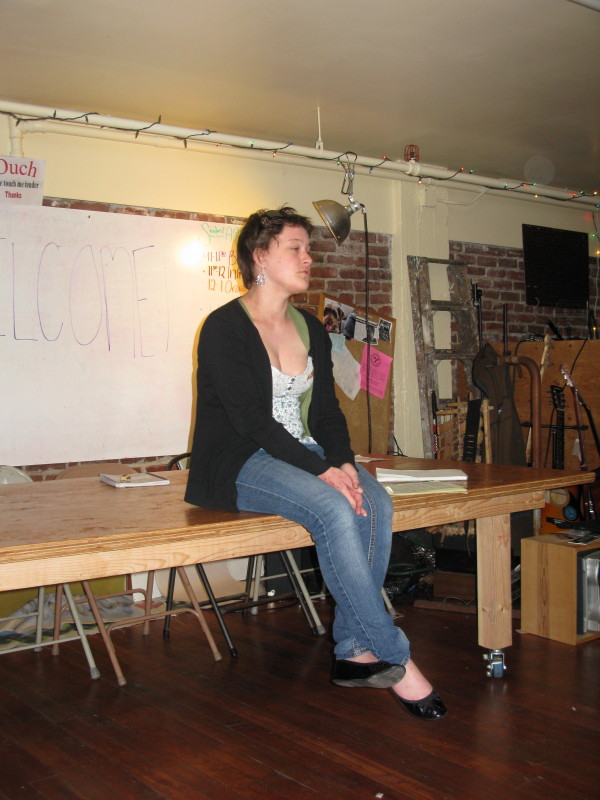
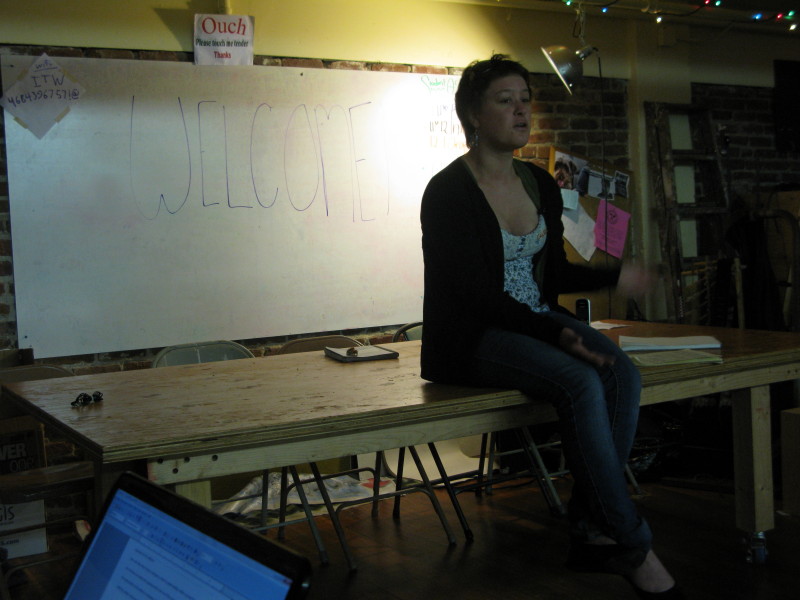
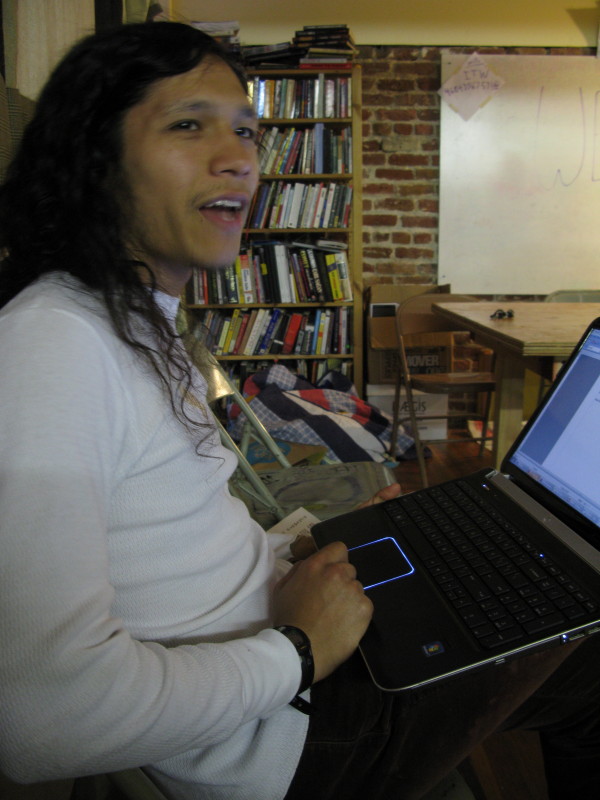
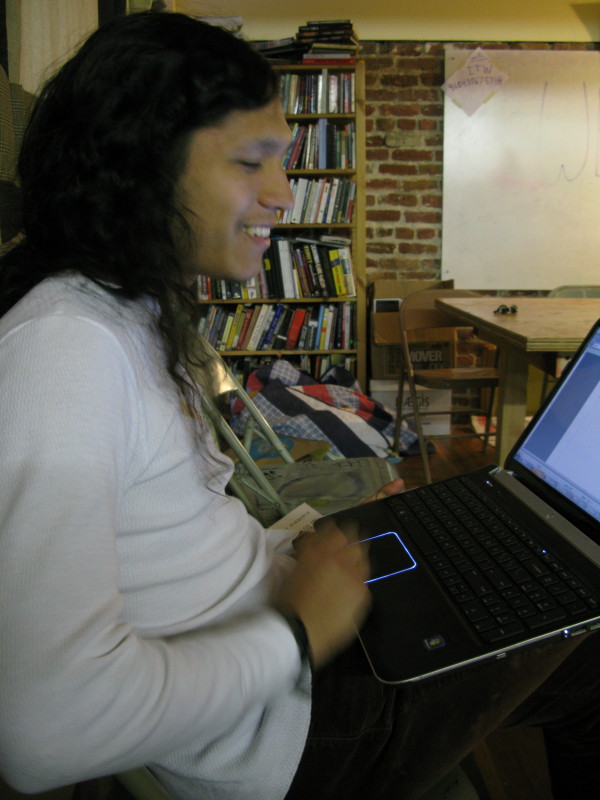
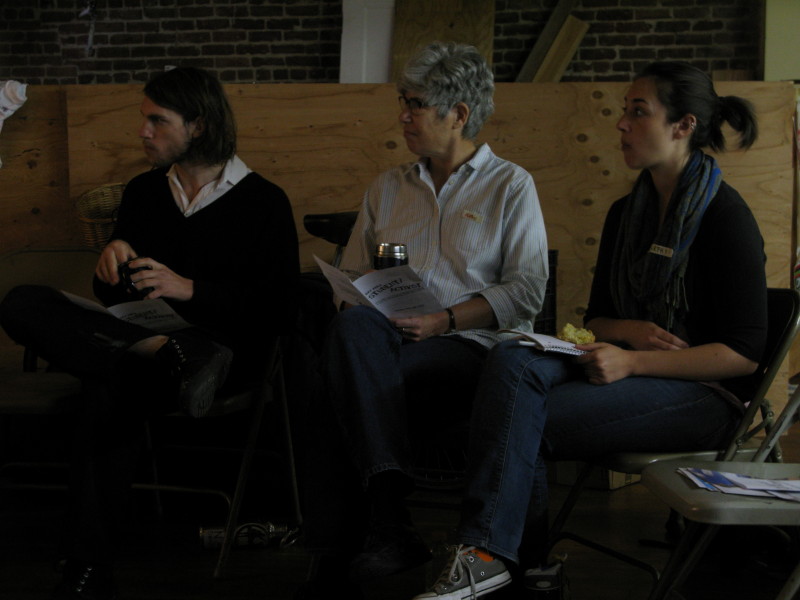
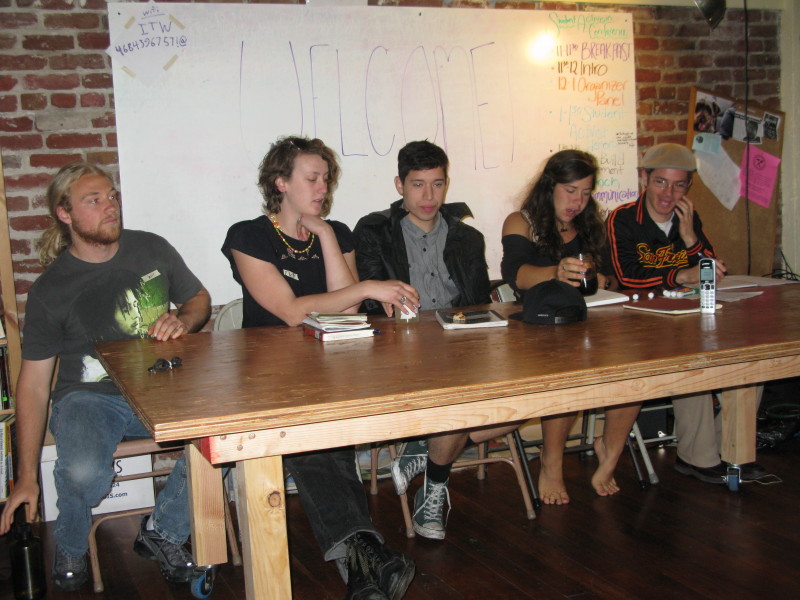

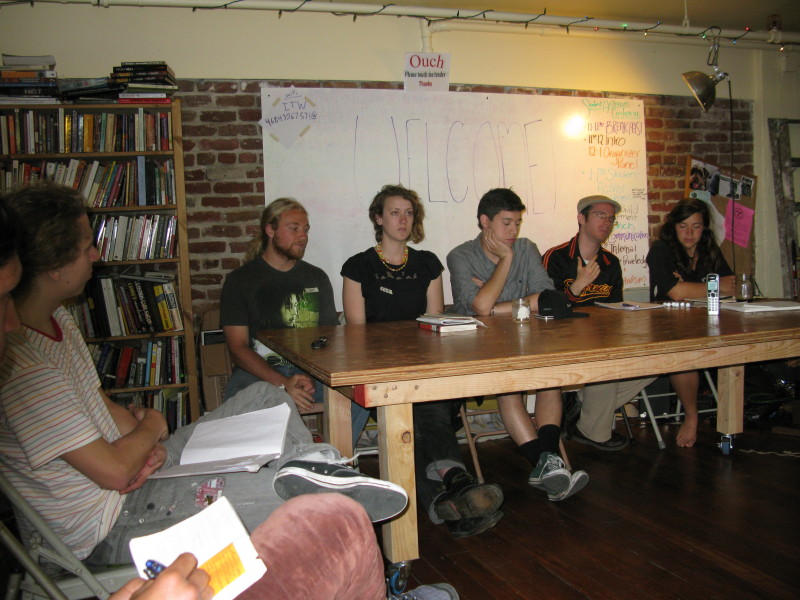
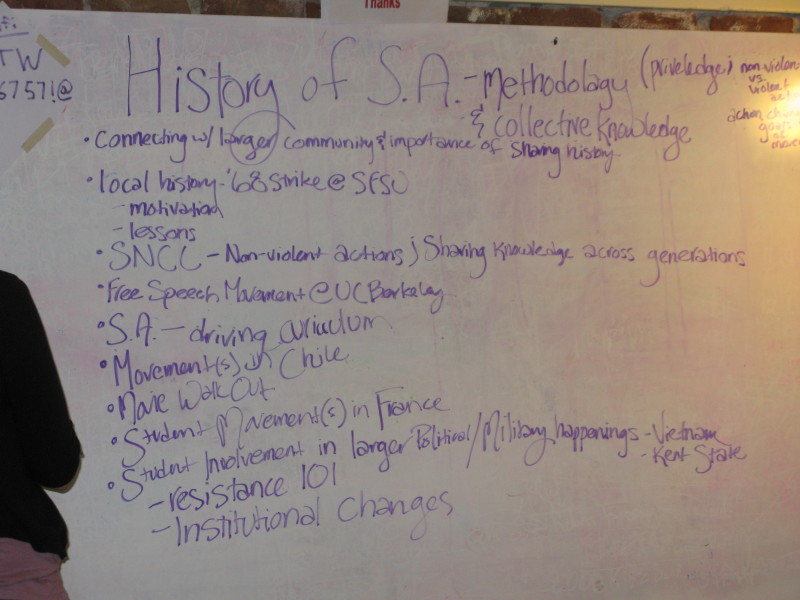
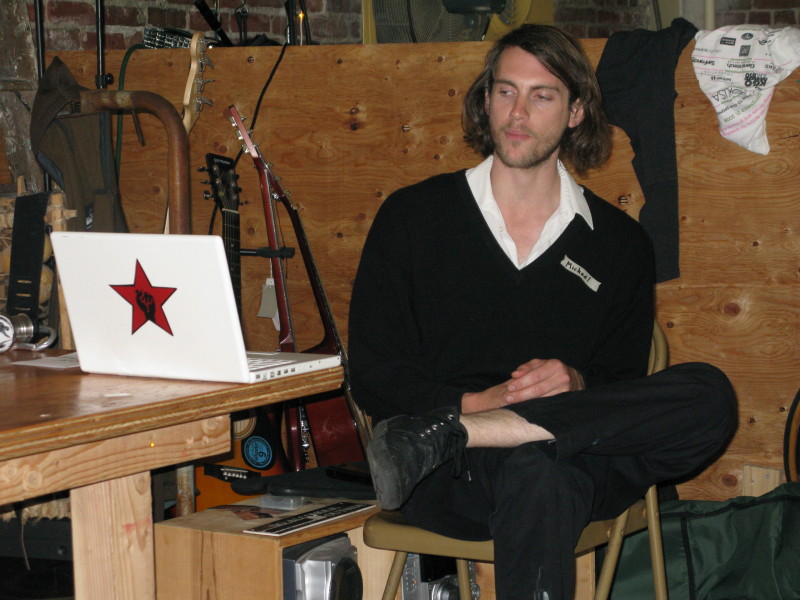
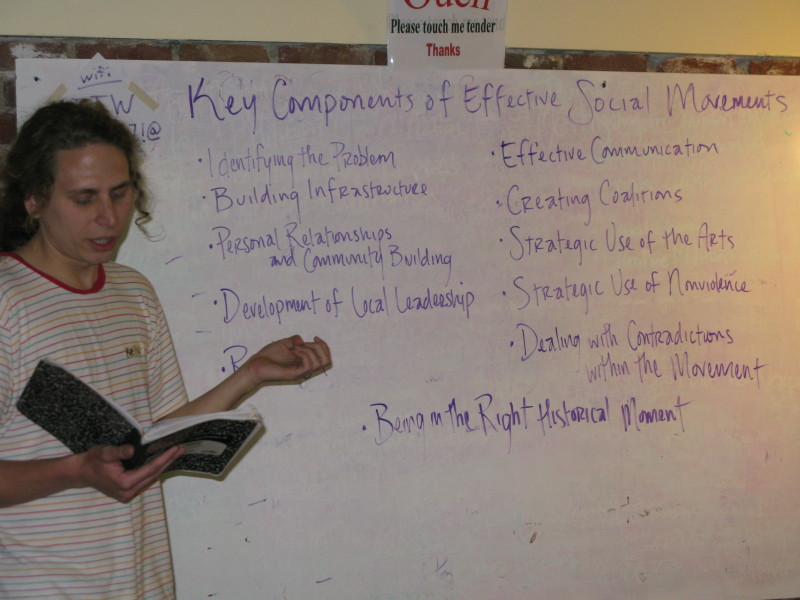
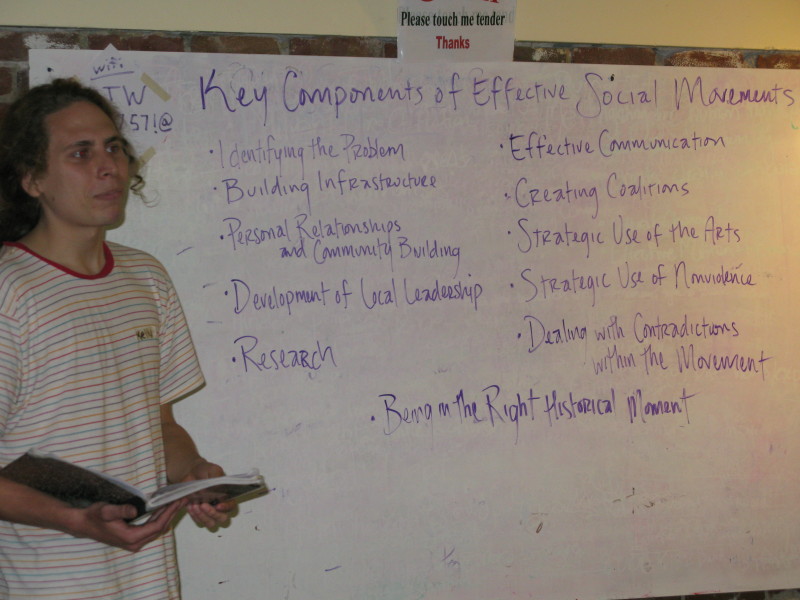
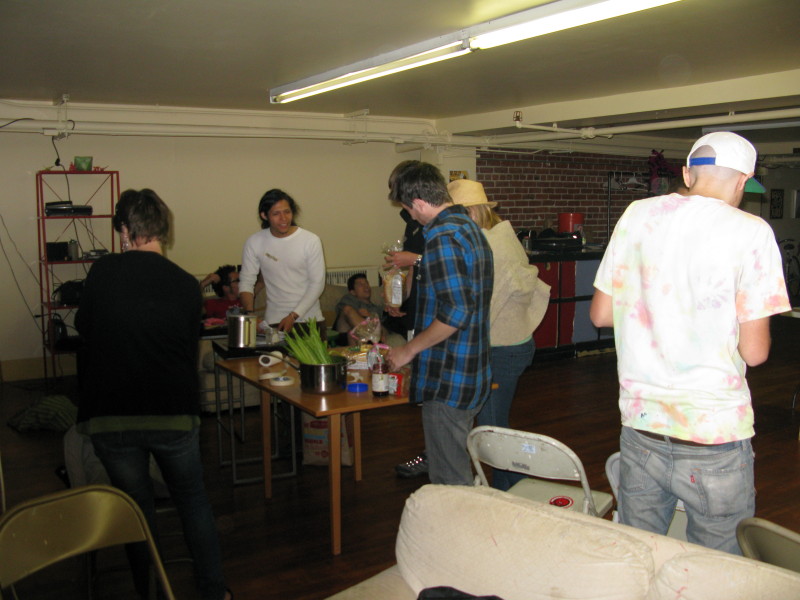
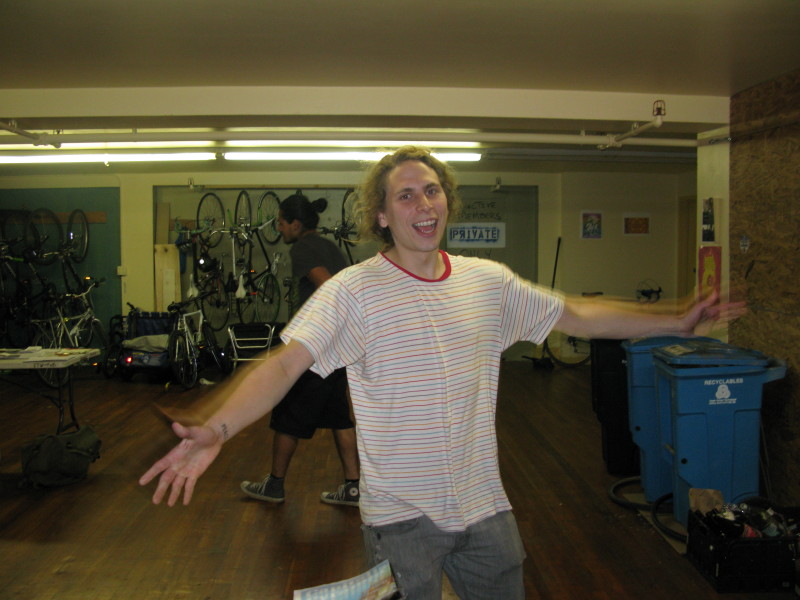
Lunch With Andrew, Oxford and the Ashmolean Museum
Written June 21, 2008, on train from Manchester, England, to Holyhead, Wales, for ferry to Dublin, Ireland
After a good veg breakfast the next morning, I took two buses to Salisbury, then continued on to Oxford. I walked from the train station to the Ashmolean Museum, where I met Andrew Hodges for a pleasant lunch. We hadn’t seen each other for six or seven years since he stopped at Mills College as part of his lecture tour for his book on Alan Turing.
The Ashmolean has a wonderful collection of 25th dynasty materials, which I photographed along with a few contemporary Assyrian items.
On Andrew’s advice, I took a walk through town to see the old campus halls, the church, and other beautiful buildings. Then, back to the station and on to Manchester.
Silbury Hill, Avebury, and West Kennet Long Barrow
Written June 21, 2008, on train from Manchester, England, to Holyhead, Wales, for ferry to Dublin, Ireland
On the way to Avebury, we stopped at Silbury Hill, a grassy mound which is apparently the largest prehistoric mound constructed by people living in Europe.
At Avebury, the two women and I enjoyed a walk around the stones, those at Avebury far more deteriorated than those at Stonehenge. We visited the gift shop where we chatted with the friendly Irish proprietor.
They went on their merry way to Bath and I explored Avebury in more detail, skipping the museums, and meeting a delightful woman over lunch.
At her recommendation, I hiked through gated fields to the West Kennet Long Barrow, with its several subterranean chambers.
After the hike back, I caught the bus to Amesbury and chatted politics with an Australian fellow until the driver let me off just across the street from the B&B. I freshened up a bit, then decided to go out for another walk to see King’s Long? Barrows and Woodhenge.
On the way down the road to the trail gate, I ran into a cute French hitchhiker named Grégoire. After chatting a bit about the best place for him to camp if he didn’t get a ride, I asked if he wanted to join me on my hike. We settled mostly on conversation in French and he decided to go on the hike with me.
We checked out the barrows first, then after a couple of false starts, went to Woodhenge.
As we returned to the B&B, I agreed to fill up his water bottle, then invited to pay part of his meal if he’d join me at a pub in a hotel in town. I enjoyed getting to know him better over a cider and lasagna, then we walked back to the B&B where I had stashed his backpack and sent him off to go camping in the wild blue yonder. We agreed we’d try to meet again, possibly in Dublin.
Ritual Circle at Stonehenge
Written June 18, 2008, on the train From Liverpool to Manchester, England, United Kingdom
On the morning of Sunday, June 16, I woke up at 6:00 to get ready to leave the lodge by 6:30 for a brisk walk to Stonehenge. I walked on paths through sheep and cow pastures. I took some pictures of the sheep and the sun rising in the sky, then of Stonehenge and surrounding burrows (or burial mounds) from some distance away. Time grew short and I had to run the last half mile through sheep pasture to Stonehenge. I arrived just at 7:30 for the special early bird bisit with only about 10 other people. We paid a bit extra and reserved in advance for the privilege of walking in and around the stone circles and touching the stones. The massive stones, some fallen or covered in lichen, evoke a sense of mystery. Stonehenge radiates ancient energy, the sense that generations have stood hand-in-hand in circles within the stones for rituals of consuming importance.
The latest archaeological digs suggest the stones mark an ancient burial ground. The excavations also suggest the Cursus, a short distance away, was used for processions and possibly a settlement of some kind. Not much further away at Woodhenge, of which nothing survived except buried wooden post holes, now reconstructed with low concrete posts painted various colors. Nearby is Durring Walls, perhaps one of the largest prehistoric enclosure mounds.
After wandering through the stones at Stonehenge for quite some time and satisfying my yen for photos of the stones and of me posted with the stones, I got to chatting with some other visitors on that day from Slough, Germany, and Virginia. The two women from Slough were the most friendly. A site employee was checking pictures of the stones against the actual stones, so that any damage to the stones during the upcoming solstice celebrations could be logged. Last year, about 30,000 people visited Stonehenge for the solstice, the only time everyone can go right up into the stones for free. Chloe and ???, the women from Slough, offered me a lift and I told them I wanted to go to Avebury to see the large stone circle around the village there, along with nearbly Silbury Hill and the West Kennet Long Barrow. They decided to take a small detour on their trip to Bath to join me for the visit to Avebury.
On the drive to Avebury, we chatted about the differences between American English and English English. We decided to play a little game where I’d tell them about any cases where there were differences between the two dialects of English. I thought I’d only have to mention something every ten minutes or so, but it ended up more like every minute!
Race to Get New Camera Before Leaving London
Written on June 15, 2008, in Tandoori Nights Restaurant, Amesbury, England, United Kingdom
I returned to the hotel last night, then managed to stay awake long enough to go to a gay bar near Kings Cross called Central Station. I ordered a double Bailey’s on the rocks which set me back £3.50 (~US$7). In English bars, one is not expected to tip however. I ended up talking with a fellow who promotes rock bands and stayed long enough to take in a drag show as well. The performer, Lizzie Drip, had elaborate costumes and put on an impressive show. Somehow I managed to sneak in without paying a £2 cover charge. I found a couple of guys quite attractive, but that reminded all the more how much I’m missing Sacrilege. I email him often and even managed to reach him by chat.
On the way out, I asked directions from an Asian guy visiting London from Paris for the weekend. We chatted on the way back to Kings Cross, then went our separate ways. I arrived at the hotel and considered my plight: the camera had broken in the Horniman Library and I had no way to take photos for the rest of my trip. I decided I had to bite the bullet and buy a new camera, even though it would have a European warranty and European plugs for which I’d have to use an adapter. Also, I had to consider the problem of where to buy a good camera on a Sunday with only a couple of hours to spare before catching a bus out of town.
Despite these worries, I slept well, well enough to miss the lackluster hotel breakfast. I showered and packed everything up, checked out of the hotel, leaving my large bags in storage. I tried the Gran Sosso again for food with wifi, and it was closed again. So I went back to Friends House. The Sunday service was just starting, but no one seemed to mind me sitting in the lobby using my laptop with the free wifi. I searched for camera shops and found five, then I called them to see if one was open on Sunday. I was prepared to travel all over London, but the only shop that answered the phone was the closest, a short walk away. A nice salesperson patiently helped me decide on a new Canon compact camera with 12.1 megapixels(!) and amazingly good focus, closeup capability, raw file format, fast powerup, and rapid snaps in succession. I had to purchase a memory card as well, and opted for an 8G card. The whole shebang ran me more than US$500, even with a refund on VAT, for which I’ll have to send in a letter once I pass through customs. I wonder if I have to pay customs duty to export the camera?
In the nick of time, I caught a bus back to Kings Cross after grabbing a whole wheat crust pasty for brunch along the way. I picked up my bags at the hotel. Luckily, I left enough time because the entire Victoria tube line was down and I had to wait awhile for a ride on the Circle line to Victoria station. From there, I walked my bags to the Victoria coach station. I waited through a long ticket line because all I had as a ticket was a text message on my phone, but apparently that is all the bus driver needs to see.
Waiting for the bus, I met a Hungarian woman named Gyongyi, which means “pearl”. She told me about a book she translated from Hungarian to English, about Hungarian runes that apparently have similarities to Egyptian hieroglyphs. She said she had read also about Hungarian shamen. Throughout the ride, I was eying two cute young men. After she got off at Andover to meet the family for whome she was to be an au pair, I started chatting with Peter, a young Czech longhair fellow who also works as a nanny. I gave him my info as well, just before I got off the bus at Amesbury. After walking a mile in the wrong direction, I called the proprietor of the Catkin Lodge and managed to get on the right track. He helped me plan my visit, the I headed back to town to eat. The hotel with the vegetarian lasagna had stopped serving, so I went for an excellent meal at Tandoori Nights restaurant where I had a good chat with the manager. Now I’m off to bed.
